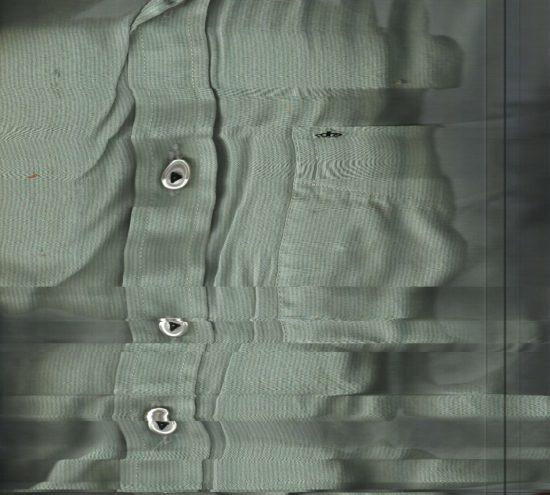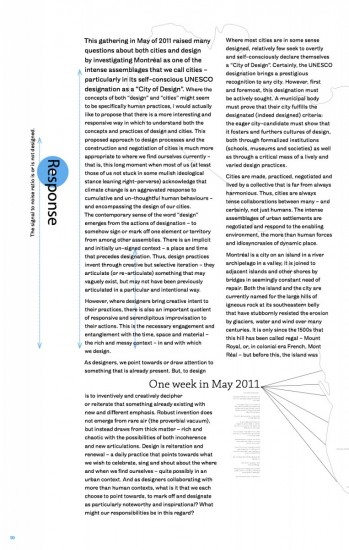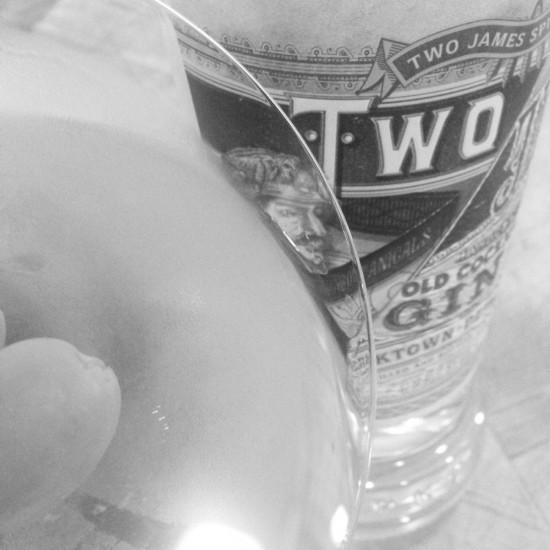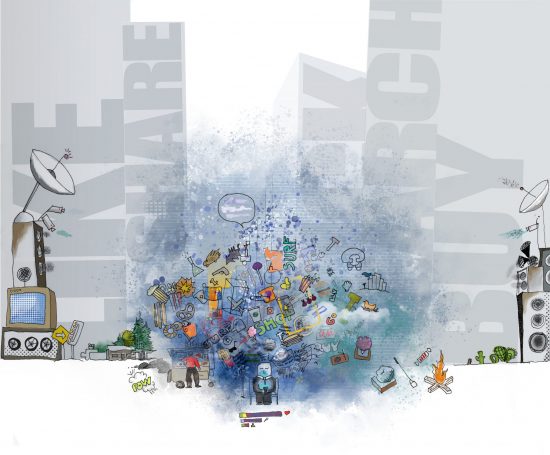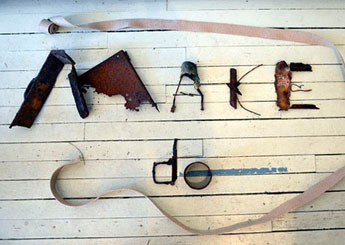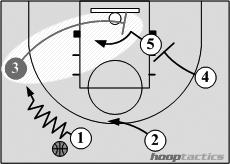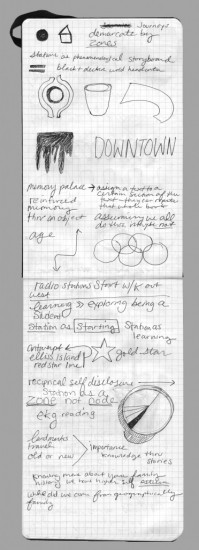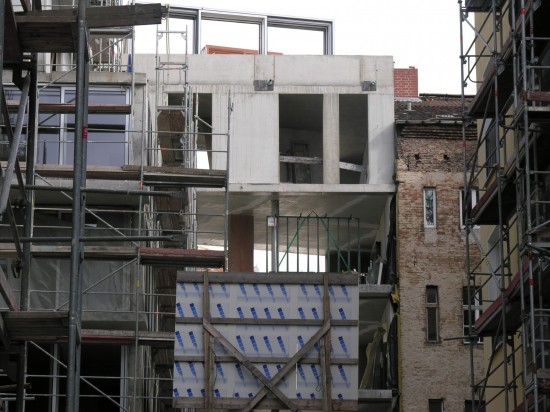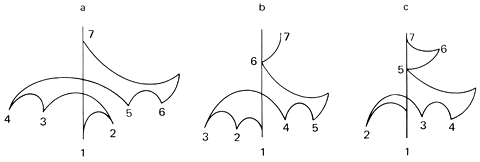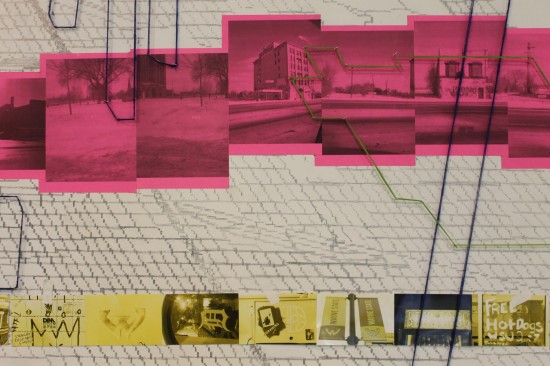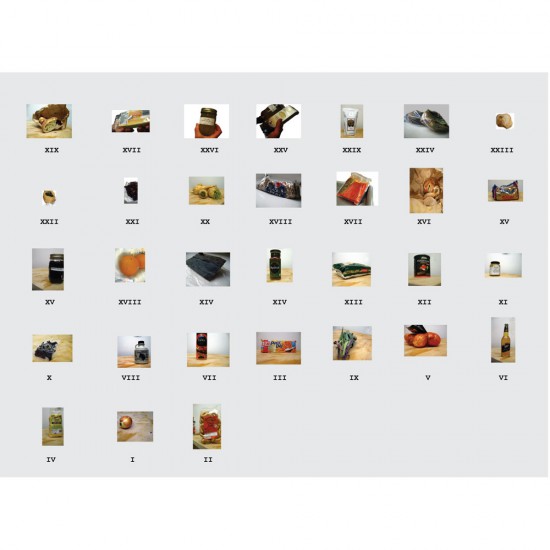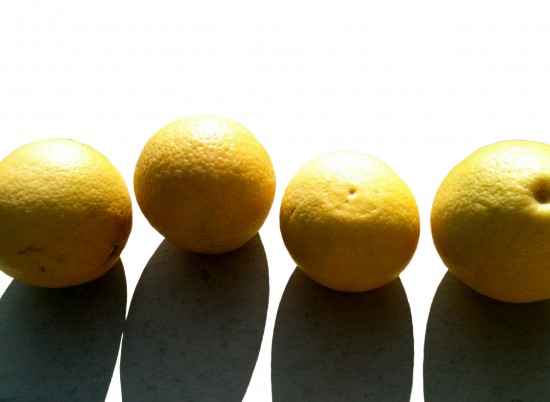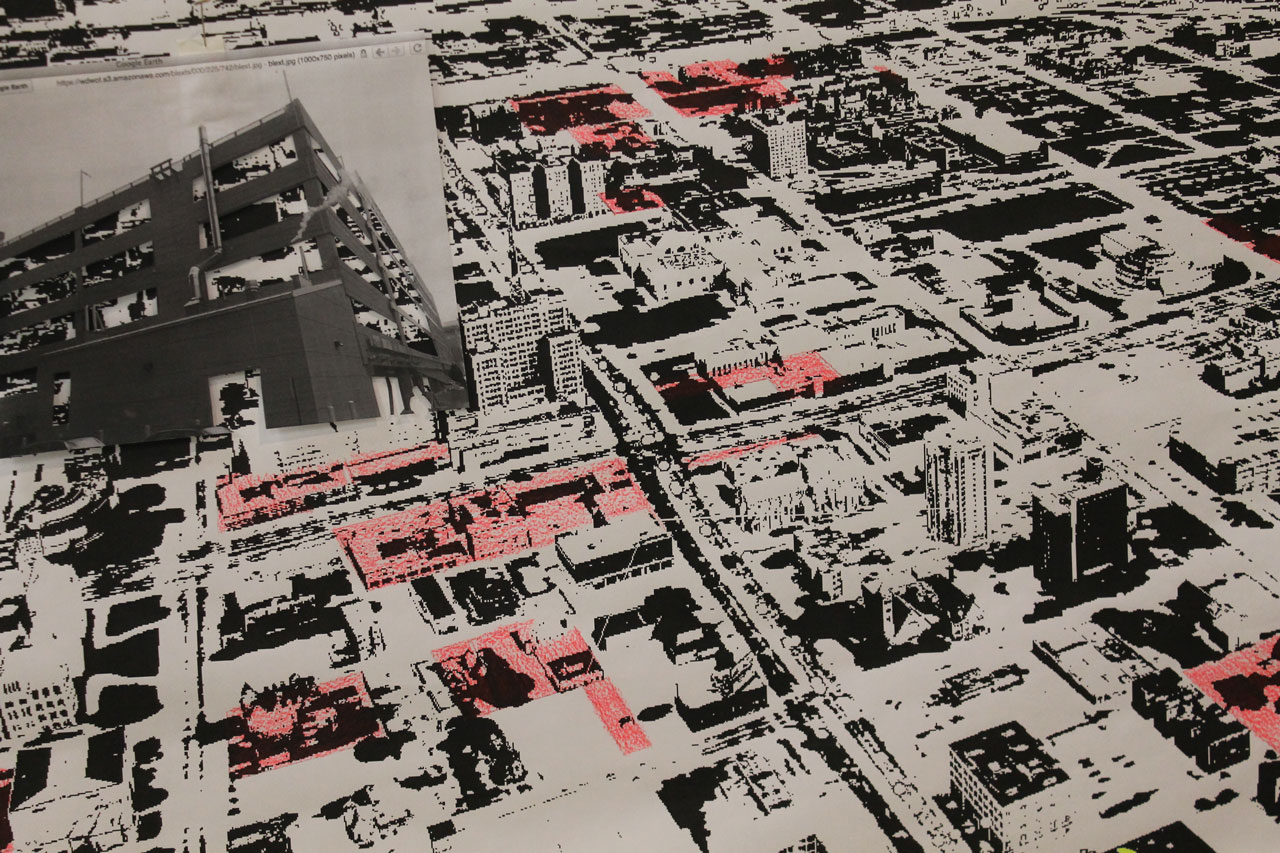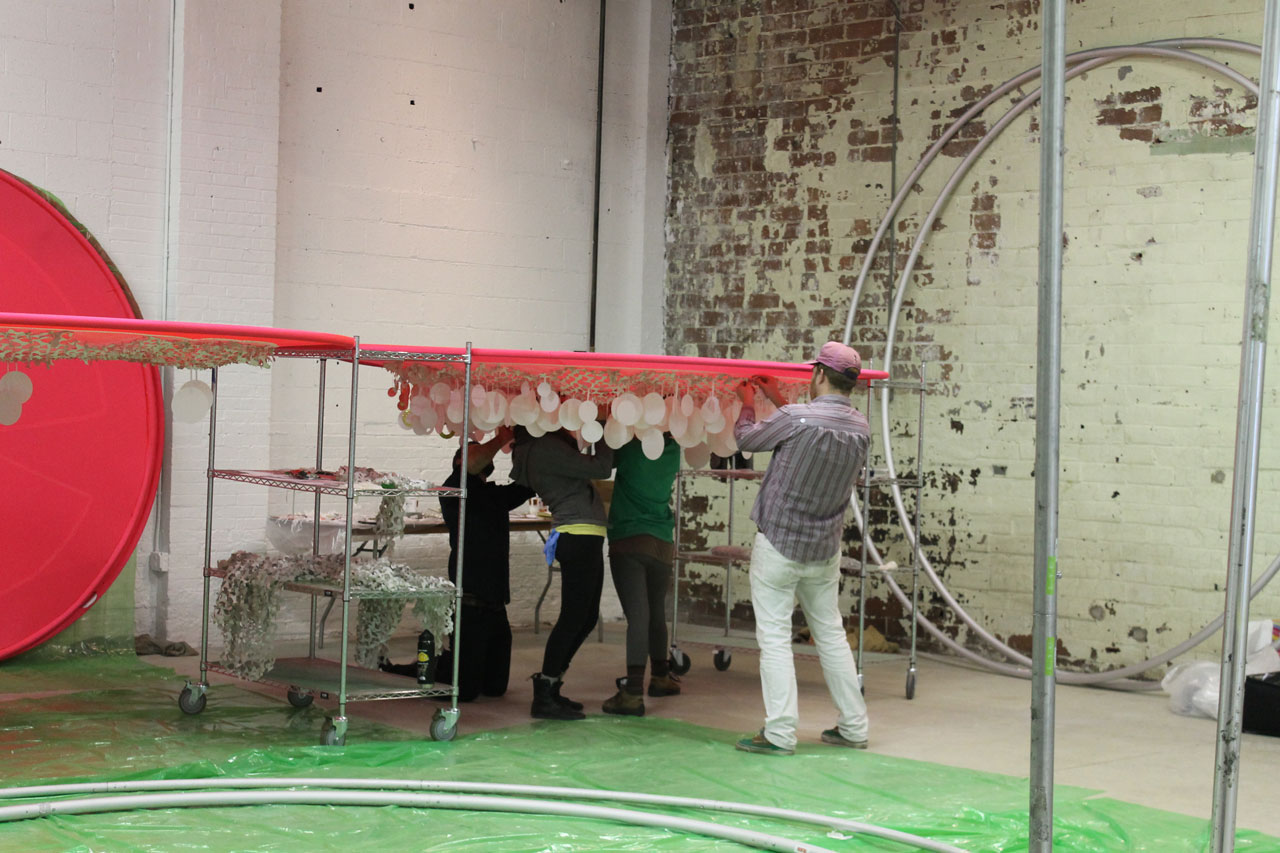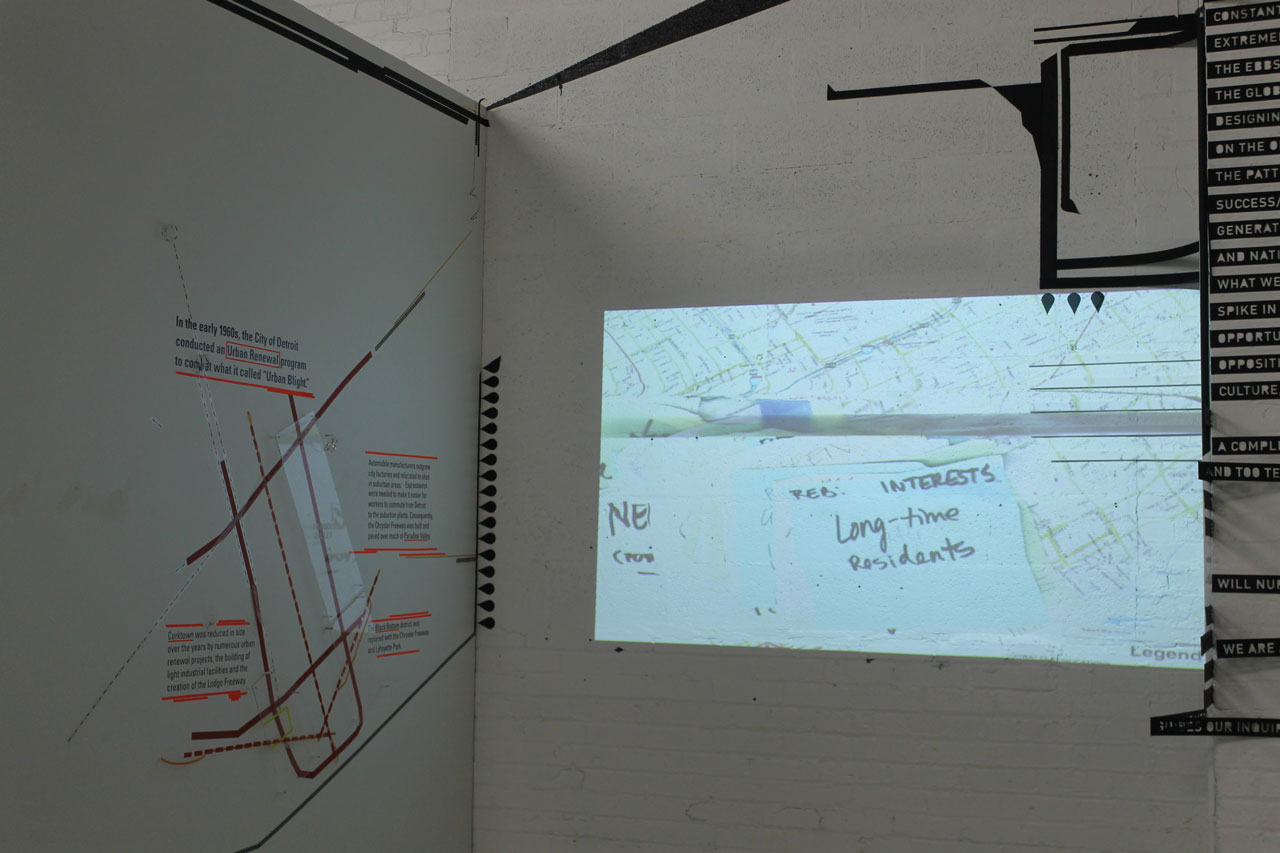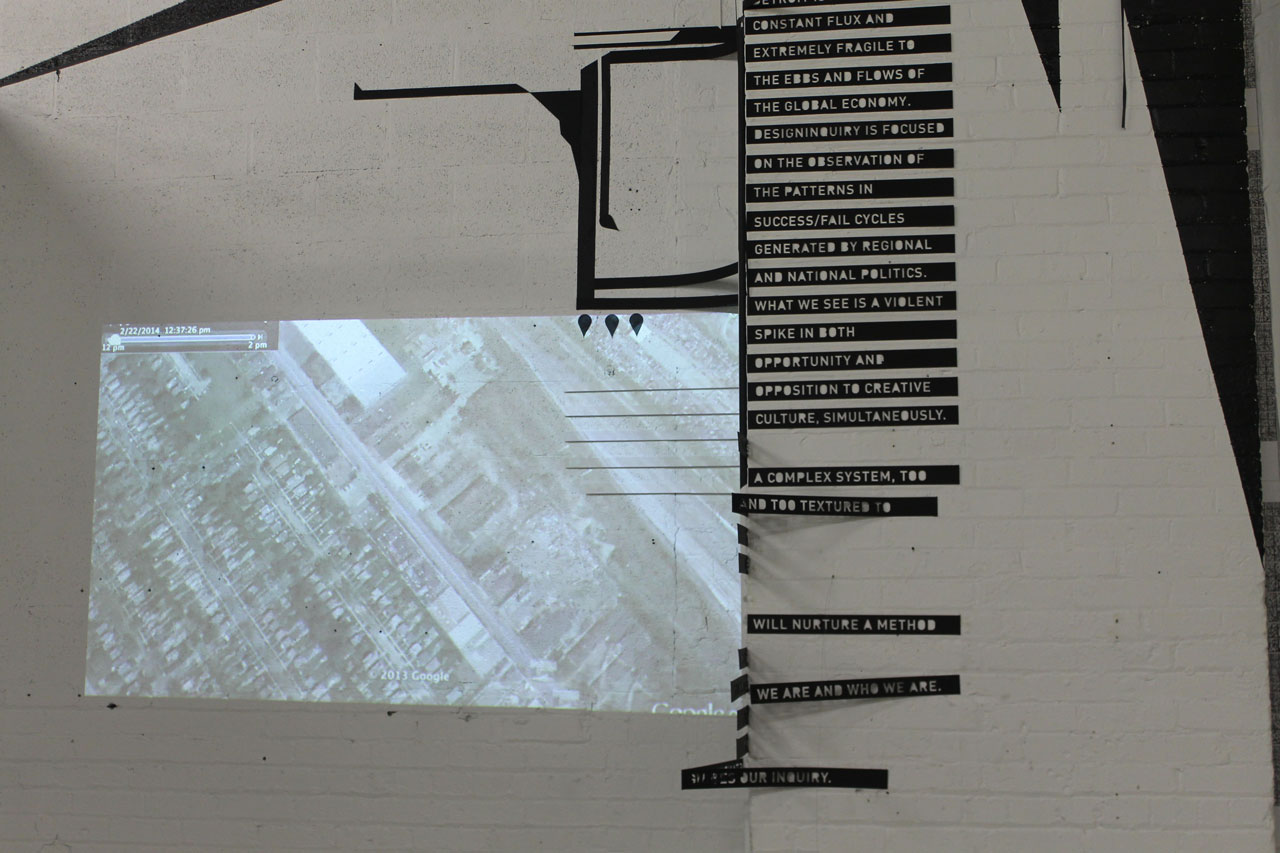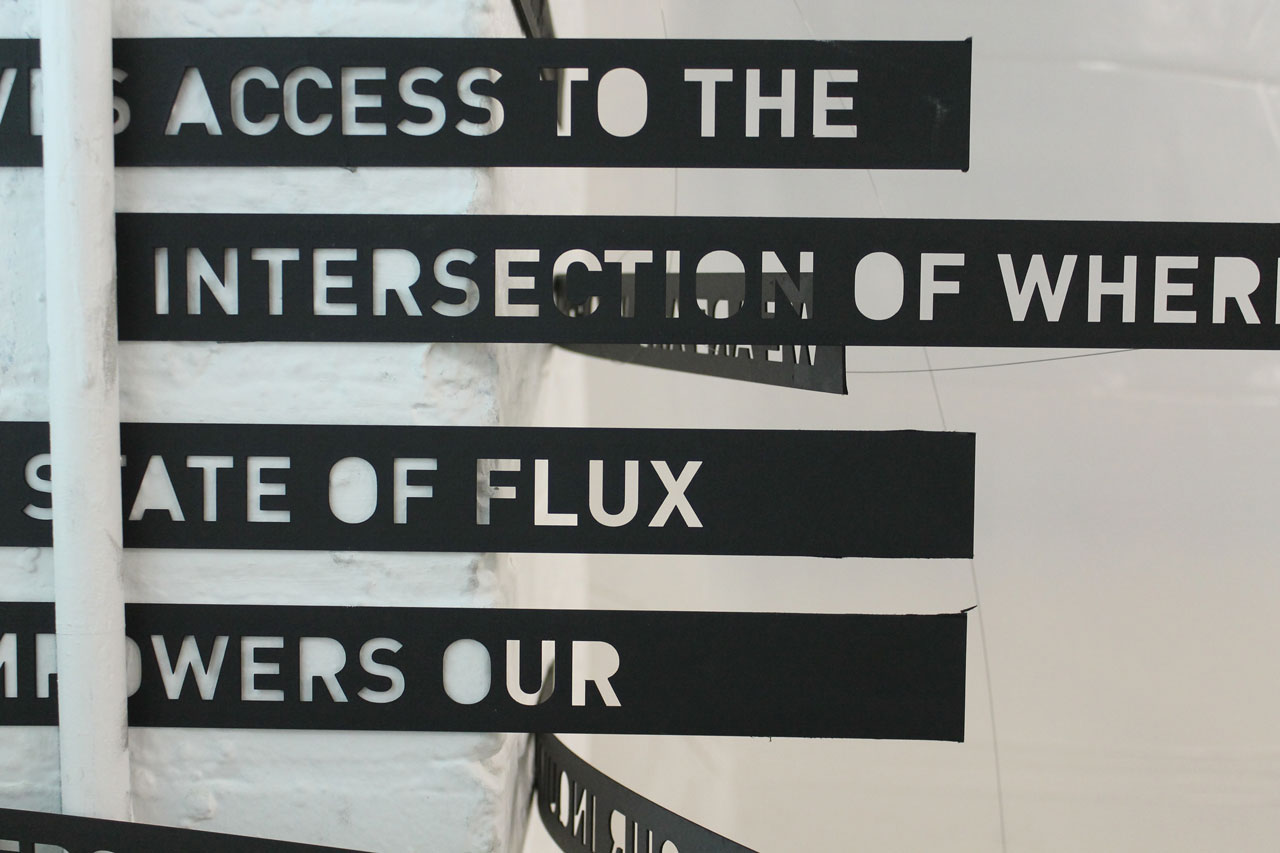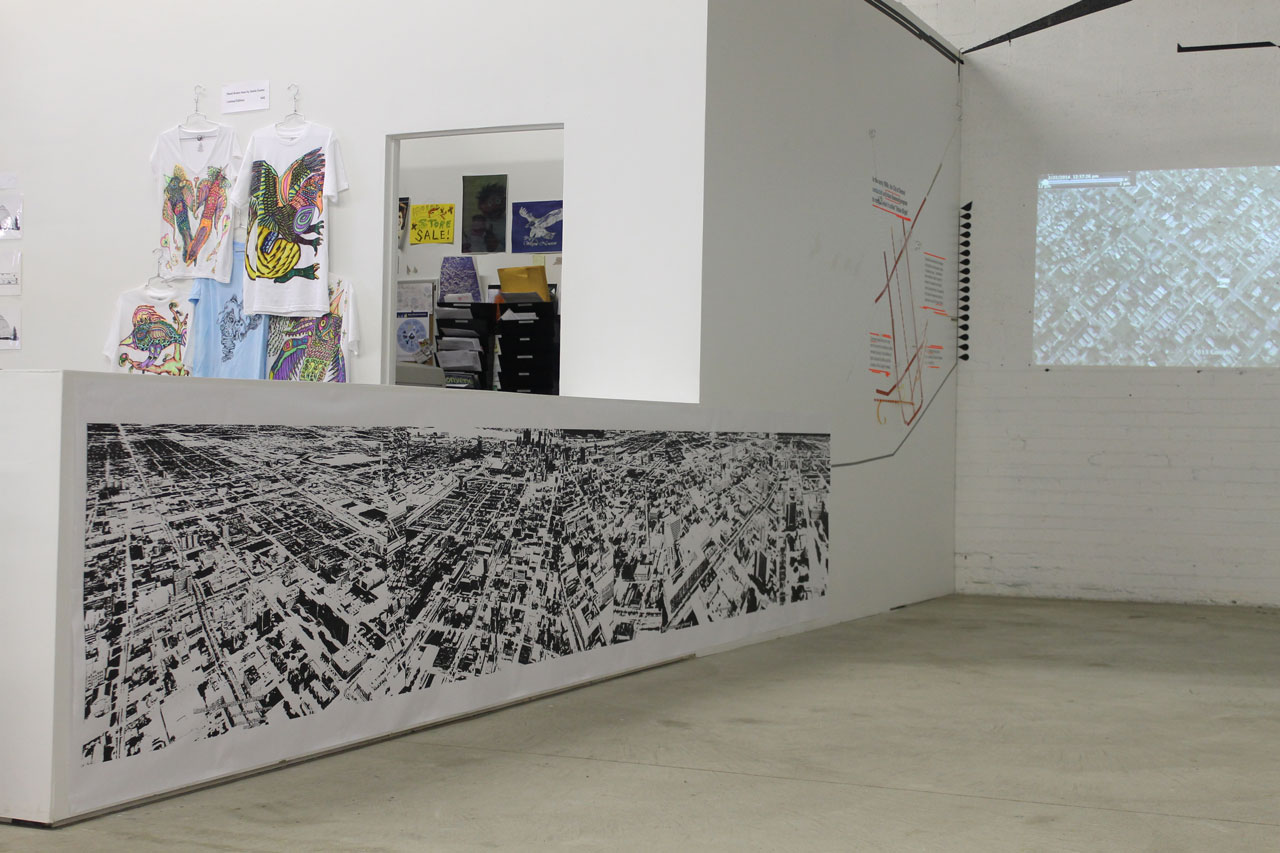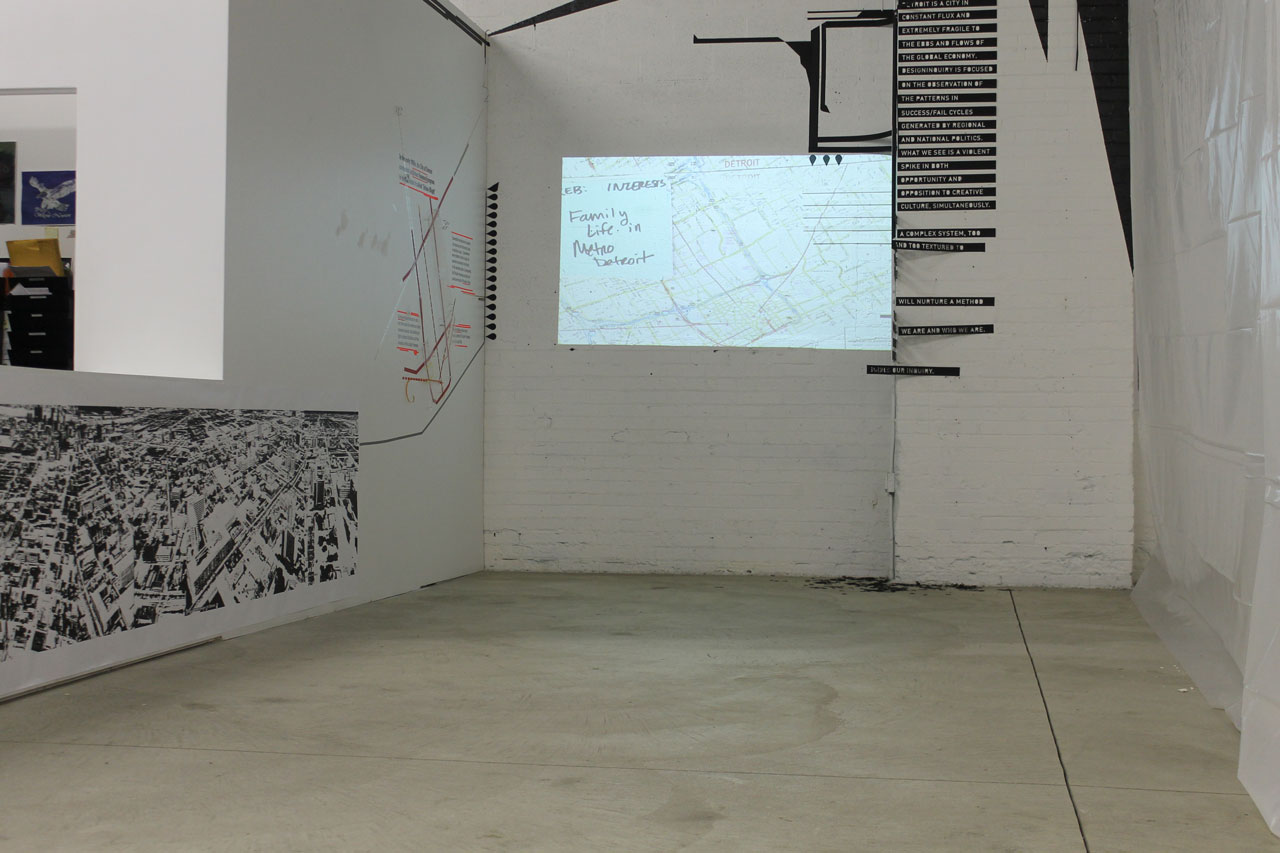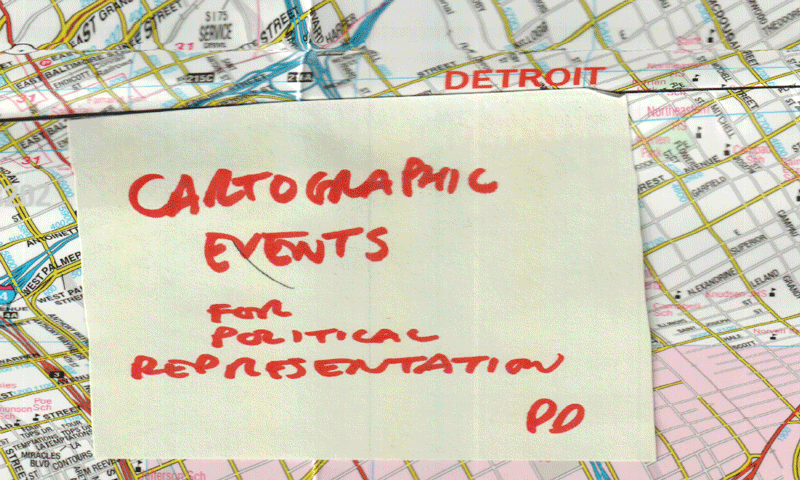
DesignInquiry kicks off ‘Year of Agitation’ at MOCAD in Detroit
October 15, 2014 to January 1, 2015
www.designinquiry.net
(Detroit, MI)
Initializing the group’s ‘Year of Agitation’ with design work that questions the status quo, DesignInquiry will install a changing series of visual/verbal/performative design research works in the Museum of Contemporary Art Detroit (MOCAD) as part of the museum’s DEPE Space Residency Program. MOCAD’s Department of Education and Public Engagement (DEPE) enables adventurous, multidisciplinary programming in which the museum and city of Detroit function as sites for investigation and experimentation. Opening October 15, the first installment will be a dynamic compilation of work by DesignInquiry participants, entitled ‘Writing the Essay.’ As an overview of the residency, visitors can expect to participate in a series of experiential community workshops, deviant lectures, hybrid films, experimental meals, and unpredictable performances. DesignInquiry’s Fall 2014 alternating exhibition project at MOCAD will be open to the public from October 15, 2014 through January 1, 2015.
DesignInquiry (DI) is a collective of designers, thinkers, and makers devoted to researching design issues in intensive team-based gatherings and publishing its outcomes. In February 2014 the group conducted an expedition project in Detroit at the community space, Ponyride, to investigate fail/success cycles and the creative ecology of cities. In Detroit, DI partnered with local-, national-, and internationally-based designers and artists, from North America and the UK, to explore the current cultural activity in Detroit. The DI gathering offered an opportunity to discuss the leadership and community engagement that is integral to shaping Detroit’s vibrant cultural landscape. As a follow-up to the February expedition, DesignInquiry will return to Detroit to develop the next phase in this project through its multi-project/multi-participant exhibition at MOCAD. More information will follow on upcoming changing events as they are scheduled to take place. In keeping with the ethos of DesignInquiry, chaos will be applied to an evolving participatory process of creating an exhibition, and informed by passionate agitation of design norms.
Opens:
October 15–24, 2014
‘Writing the Essay’—work by participants of the Detroit Inquiry: Ben Van Dyke, Rachele Riley, Joshua Singer, Rachel Fishman, Emily Luce, Denise Gonzales Crisp, Rebecca Tetgemeyer, and more.
‘Responsive Exhibition’ by Ben Van Dyke (ongoing)—immediate curation, in which the work is being made as it is installed.
October 28–Nov 2, 2014
‘Different Data for Mapping Detroit’s Cultural Landscape’—a hi/lo-fi data mash-up and workshop/exhibition by Rachele Riley, Joshua Singer, Patricio Davila and Dan McCafferty
Upcoming projects include:
November 2014
‘Detroit Gold Record’ by Lincoln Hancock—conveying the aspirations, consciousness, and potentials of the city and its inhabitants at this pivotal moment of rebirth through sound and graphic design.
‘Urban Acoustic Ecologies’ by The Detroit Phonographers Union (Ben Gaydos and Julia Yezbick) a series of sound pieces composed of untreated and unprocessed location recordings in and around Detroit.
‘Detroit/Food/Ephemera’ by Emily Luce—investigates food systems as a success/fail practice.
December 2014
‘Dissertation Project Print Shop’ by Stacy Asher, Chris Fox, Catherine Watson
and more.


